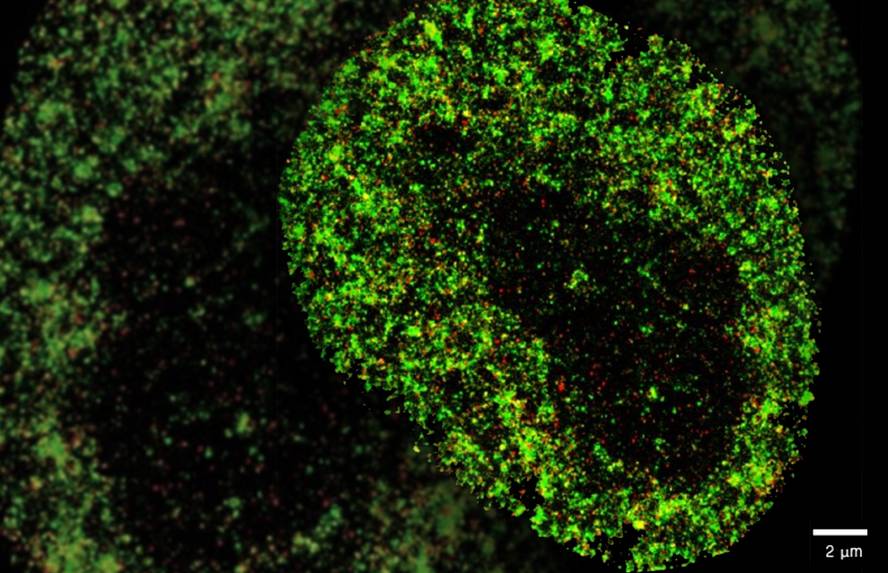They create an artificial intelligence tool in the earliest phase of detection of cancer and viral infections.

The combination of artificial intelligence and new microscopic technologies have created a tool to separate common cells from cancer and virus-infected cells at the earliest stage. This has opened the way for the development of new diagnostic and treatment strategies.
This tool, called AINU, has been developed by researchers from different centers: Genomic Regulation Centre (CRG, Barcelona), Guangdong Academy of Medical Sciences (China), University of the Basque Country (UPV/EHU), Donostia International Physics Center (DIPC) and Bizkaia Biophysical Foundation (FBB). The work they have done has been published in the journal Nature Machine Intelligence, in an open format.
The AINU (AI of the NUcleus) tool developed by Google Analytics scans high-resolution images of cells on the Internet. These images are obtained through a special microscopy technique called STORM, with such a large resolution that AINU is able to detect specific patterns and differences with great precision.
To train the model, the researchers fed nanometric resolution images of a nucleus of multiple cell types that were in different situations. Thus, the model learned to differentiate specific models in cells.
For example, cancer cells, compared to normal cells, present differential changes in the way DNA is organized or in the distribution of enzymes within the nucleus. After training, AINU was able to analyze new images of nuclei and classify them as cancer cells or normal cells, based on these characteristics. Also, an hour after the herpes simplex virus type 1 infected a cell, it was also able to detect changes in the cell's nucleus. In fact, the virus causes small variations in DNA density. Finally, they have shown that it is also useful for stem cells, but not for stem cells.
Although AINU offers interesting alternatives, researchers have warned that there are still many barriers to testing and using in the clinical setting.





